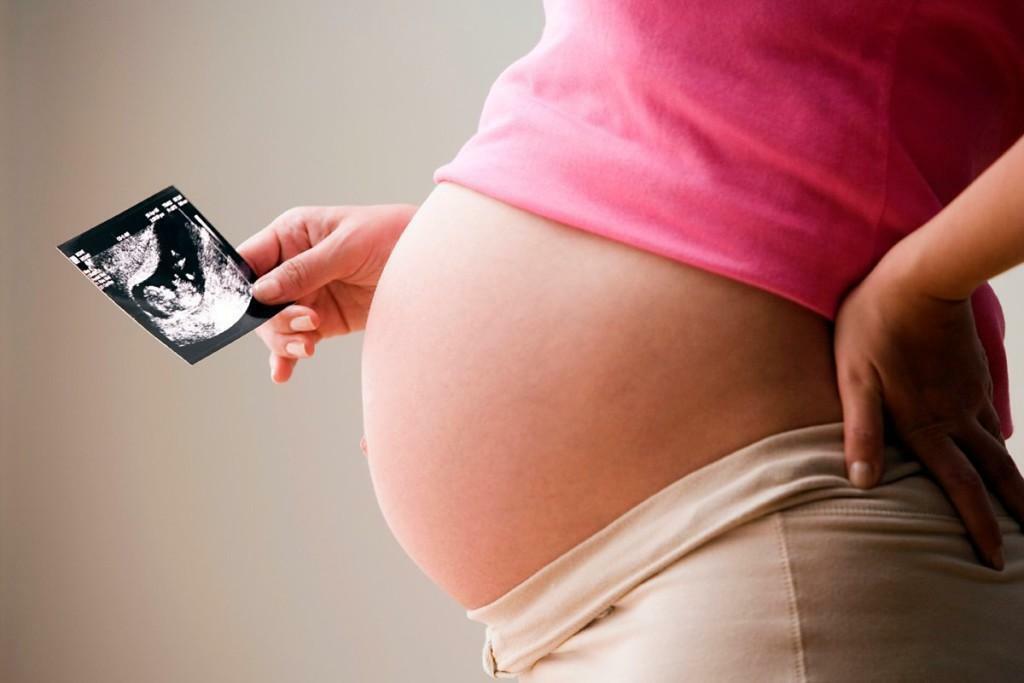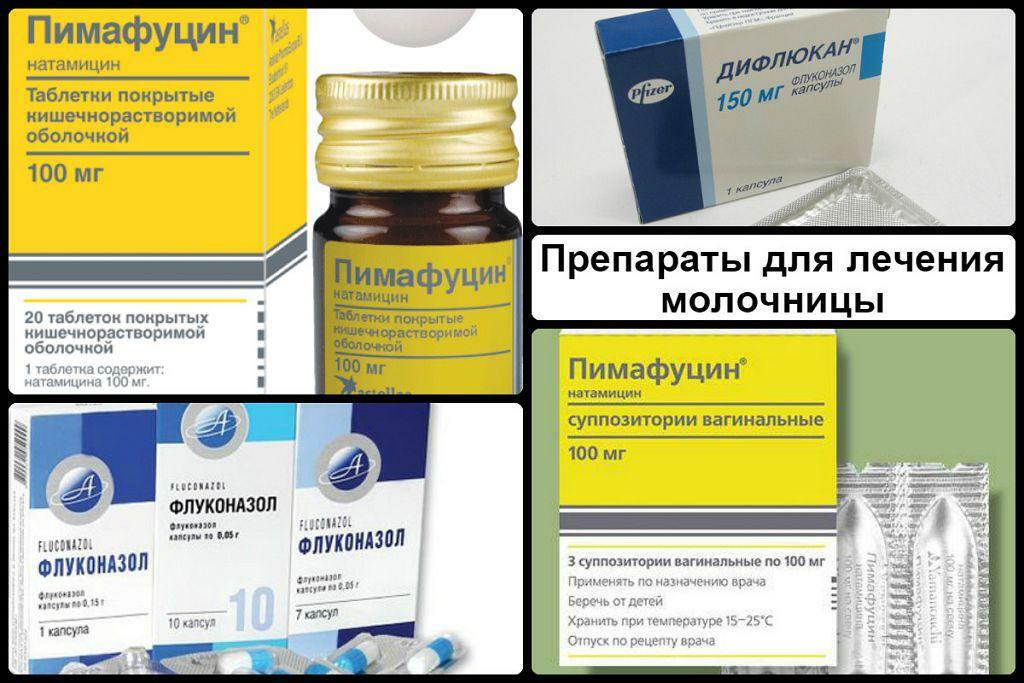October, 2018.
Chickenpox - vysokozaraznoe acute viral disease, occurring with moderate intoxication and a characteristic rash on the skin and mucous membranes.
Pathogen - DNA virus (Varicella-zoster virus) family of herpes viruses that also cause shingles (Herpes zoster).
The source of infection - a sick chicken pox or shingles.
Ways of transmission - through the air and airborne. Chickenpox - volatile infection (pathogen propagation occurs with an air stream over long distances). Susceptibility to infection is very high (after contact with a sick sick almost all the uninfected person). Most often, the disease is transferred into the preschool years. Possible intrauterine infection of the baby during the development of the disease in the mother during the last 5 days before delivery.
Symptoms of chickenpox
The disease can occur in the typical and atypical forms.
For a typical course of the duration of the incubation period - 11-21 days. During prodromal (before clinical manifestations) period, which lasts about 2 days, observed malaise, low-grade (up to 38
aboutC) temperature, the appearance scarlatiniform rash.Onset is usually acute:
3-5-day fever followed by daily temperature increases, coinciding with the emergence of new elements rash; in severe forms possible lethargy, malaise, loss of appetite, etc.
The rash of chickenpox
The main diagnostic element - a vial of clear content, surrounded by halo of redness. The rash may be accompanied by itching.
Characterized by the appearance of visible lesions on the mucous membranes (mouth, genitals, eyelids conjunctiva); In these cases, the crust is not formed, and mucosal defects in the form of small sores heal later.
The initial rash of red punctate lesions, detectable on the first day of illness and disappearing for 2-3 hours. Diverse rash, consisting of several elements: the spot elevation bubble crust. All elements - the successive phases of a common inflammation of the skin. The simultaneous presence of the skin cells of all ages due to the phenomenon of daily podsypaniya; first spots appear on the 1-2 day, the latter - by 3-6 hours.

Photo: site of the Department of dermatology Tomsk Military Medical Institute
In uncomplicated cases, after the rejection of crusts on the skin connective tissue scar is not formed.
Depending on the number of elements, intoxication symptoms, and presence entities on mucosal judge the severity of the disease. In mild temperature to 39aboutWith a small amount of the rash. Passes unchanged.
Moderate to severe form occurs already with a fever (up to 40aboutC) podsypaniya continue about a week, besides there are bubbles on the mucous membranes. After falling off the crusts have a slight pigmentation, which takes place over time.
Severe intoxication is expressed in a large, poor health of the child, extremely high body temperature digits. Rash large, long nagging. After this form, the formation of scars.
Atypical forms of chicken pox is characterized by 5 course options:
Rudimentary - distinguished by a small number of elements, and they rarely develop into vesicles, the body temperature is normal. This type happens when receiving immunoglobulin preparations during incubation period.
Pustular - formed when attaching a secondary bacterial infection. It is characterized by deterioration of the child's condition, an increase in temperature, as well as the formation of large bubbles with muddy contents.
Haemorrhagic - occurs in patients with severe thrombocytopenia. In this form, the elements are filled with blood rash on the skin and mucous formed hemorrhage, bleeding possible.
Gangrenous - a form begins in debilitated patients, in children with poor living conditions or care. After drying the crust forming areas of necrosis, which after a dropout opening deep ulcers. They merge with each other and are characterized by poor wound and protracted. Often this form goes into septic infection.
Generalized - formed in patients with immunodeficiency. Different from other types of bubble formation and foci of necrosis in the internal organs (lungs, liver, pancreas, brain) with a clinic of their defeat. Also, there is a toxic encephalopathy, DIC. Often this type are fatal.
Diagnostics
The basis for detection of herpes is a virological test - inspection media for the detection of the pathogen. When "chickenpox" is used for diagnosing fluid from vesicles in which the staining of isolated clusters pathogen - calf Aragao.
differential diagnosis
Usually chicken pox differ from insect bites. The main difference is the lack of elements and podsypany and normal body temperature.
Also worth defferrentsirovat disease by:
streptoderma - occurs without fever, characterized by rash - turbid, purulent contents, after involution leaving a yellow crust, red spot is formed in its place. The rash is mainly behind the ears and on the limbs, never on the scalp (the hallmark of chicken pox).
herpes zoster - bubbles are located strictly in the course of the nerve trunk, legs and the hand is not seen.
rickettsialpox - in place of the tick bite is formed, followed by a small scab formation ulcers (in its place after healing scar formed). Characterized by an increase in regional lymph nodes.
Treatment of varicella
Treatment of the disease requires the installation of the home mode, and in the presence of high temperature - bed. It recommended sparing diet with restriction of greasy, spicy, fried food (table number 13). Drinking plenty of fluids.
When light forms - the processing elements of an eruption alcohol solutions of dyes (brilliant green or methylene blue), personal hygiene. To wash, use an antibacterial soap, without the use of sponges and sponges. After bathing the body promakivat absorbent towel without rubbing the skin. Intense itching help remove the cream and ointment based on zinc oxide and the use of antihistamine (anti-allergic) agents.
In severe forms of immunodeficiency states required hospitalization. Also assigned to acyclovir in age dosage for 5-7 days. This treatment is important in the first two days after the onset.
You should not take aspirin because of the risk of liver damage and Reye's syndrome.
Relieve fever drugs paracetamol, ibuprofen, fearing the possibility of joining a secondary infection - pyogenic staphylococcus.
complications
Can be specific and nonspecific. The first embodiment is the development of secondary infections, usually streptococcal or staphylococcal disease (abscesses, cellulitis, fasciitis). Often, these complications are formed when used as an antipyretic agent ibuprofen.
When specific mainly affects the internal organs - pneumonia, laryngotracheitis, myocarditis. May develop encephalitis and meningitis.
Not the most rare complication is an acute lesion of the cerebellum - cerebellar. Usually manifests itself after 3 weeks after chickenpox. Characterized by unsteadiness of gait, ataxia (disturbances of precision movement, muscle weakness). It can manifest as tremor of the head and limbs. There may also be vomiting, headache. With timely treatment to the doctor cerebellar passes without consequences1.
prevention
Chickenpox patients are isolated until the 5th day after the appearance of the last elements of the rash. In nurseries to kindergartens on children who were in contact with the patient, impose quarantine for a period of 21 days from the date of isolation of the sick. Preventive measures performed only among immunocompromised patients during the first 3 days after the contact by passive immunization (3-6 ml immunoglobulin administering once).
sources:
- 1.Acute cerebellar varicella. - Ed. A.Abramovoy - World physician 2014.
- 2. Kuzmenko LG, Osvyannikov DY Children's infectious diseases. - publishing house "Academia", M., 2009.
- 3. T.K.Kuskova, E.G.Belova, T.E.Migmanov. Chicken pox. - The attending physician, in 2004.



